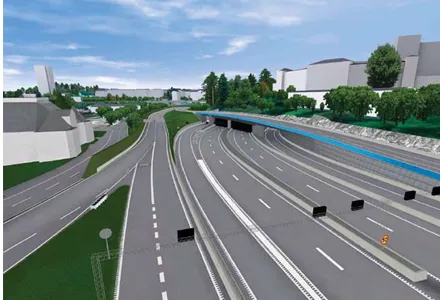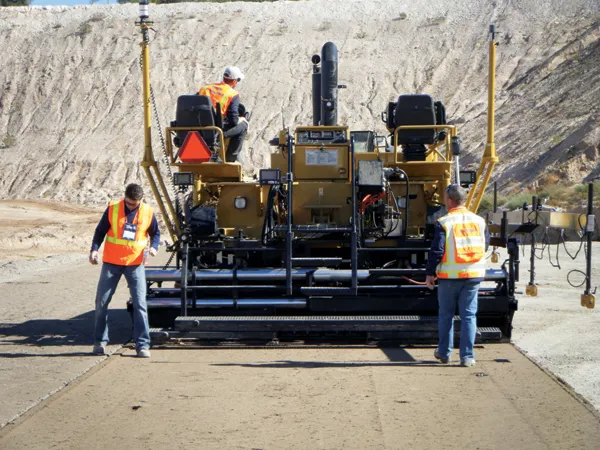In all 90 bridges have been built in Turkmenistan in under 24 months by a Turkish contractor, significantly improving the country's transport infrastructure.
February 29, 2012
Read time: 1 min
In all 90 bridges have been built in Turkmenistan in under 24 months by a Turkish contractor, significantly improving the country's transport infrastructure. The firm, 3425 Net Yapi, has handled some US$287 million worth of contracts in all while the bridges measure a total length of 11km. The work commenced in 2008 and was finished within a 700 day time slot. Net Yapi is a subsidiary of the 3427 NATA Group.








